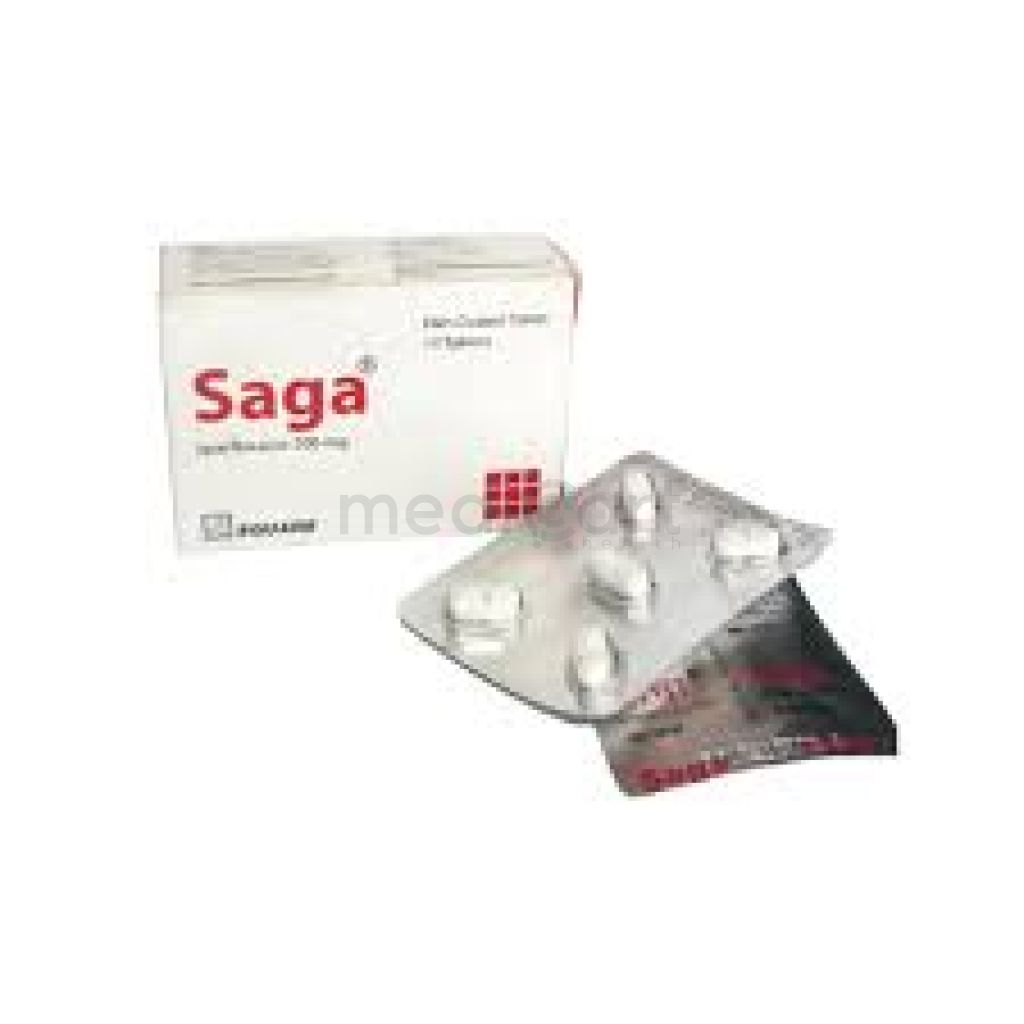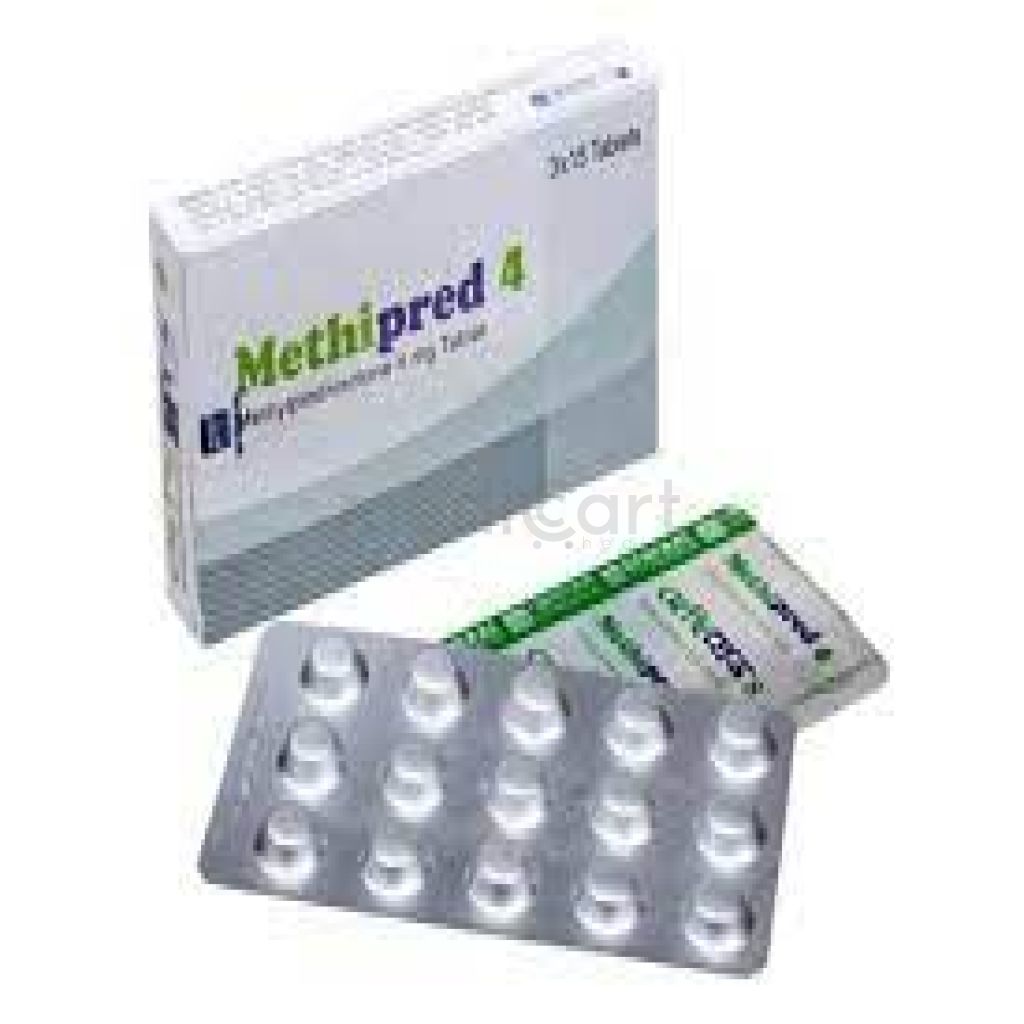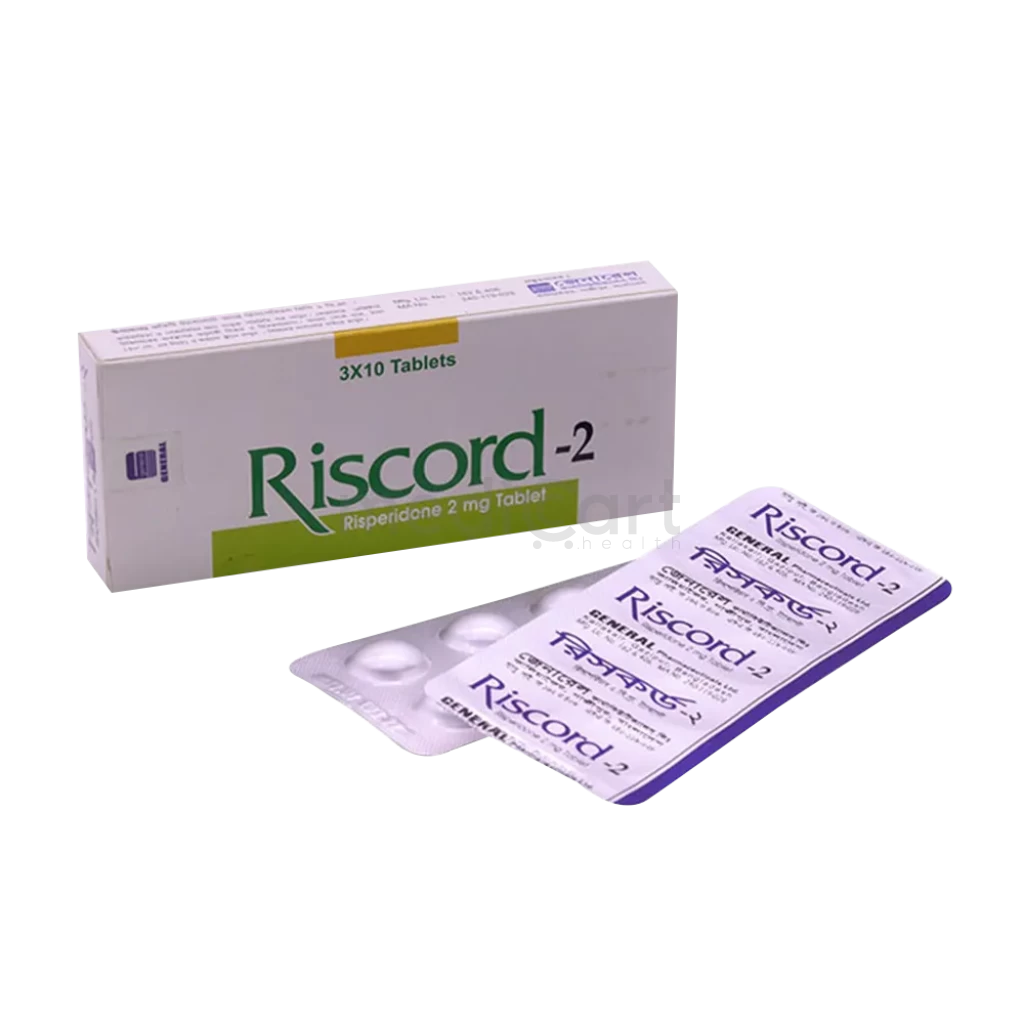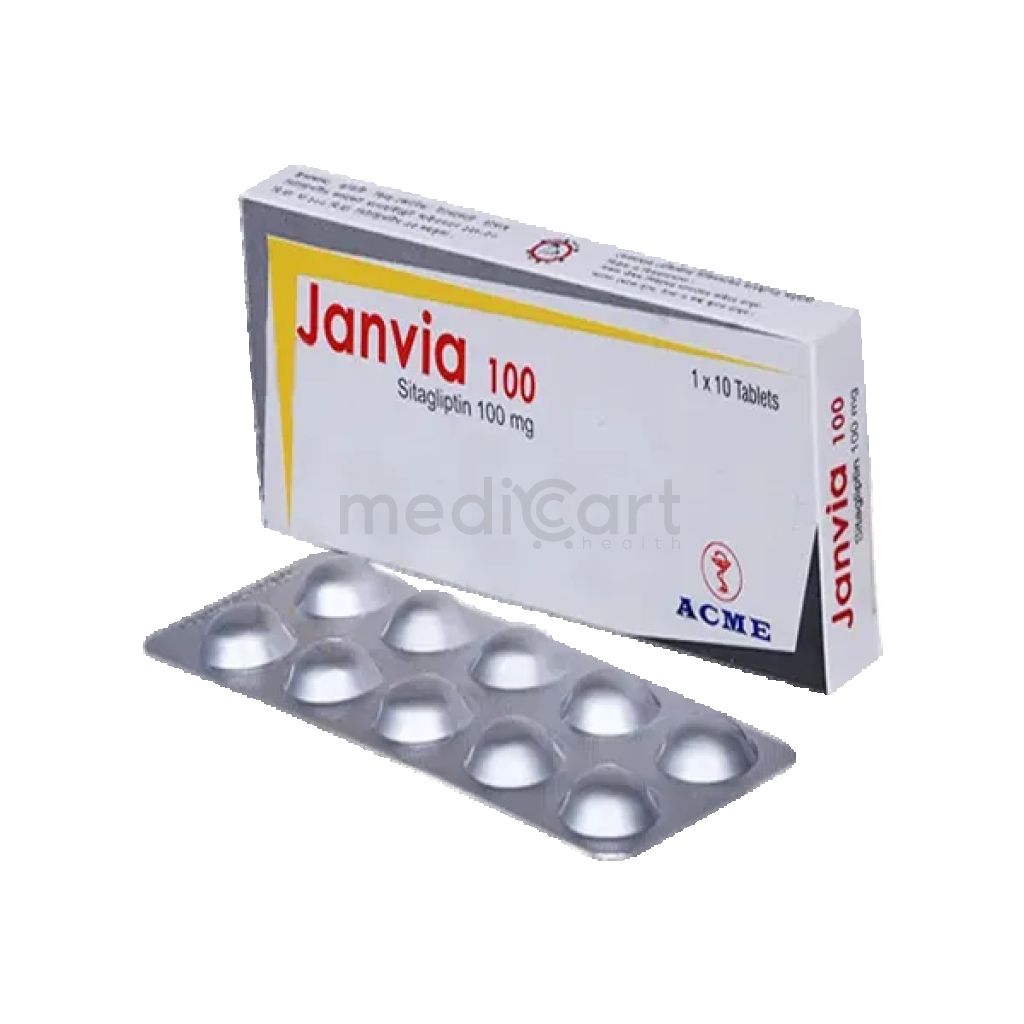

Floxipar 200mg
Tablet
Pack Size :
10 Tablet x 1 strip
Generics :
Sparfloxacin
Manufacturer :
Acme Laboratories Ltd.
Best Price *
TK
1,170.00
* Delivery will be done in Dhaka city only.
More Information About - Floxipar 200mg
Description
Generic Name
SparfloxacinPrecaution
History of CNS disorders, pseudomembranous colitis, superinfection, severe renal dysfunction, epilepsy, G6PD deficiency, myasthenia gravis, patients with QT prolongation, uncorrected electrolyte disturbances, bradycardia, or pre-existing cardiac disease. Avoid exposure to strong sunlight or sunlamps during treatment. Discontinue treatment if patients experience tendon pain, inflammation or rupture; subsequent use of fluoroquinolones in these patients is not recommended. Avoid in MRSA infections due to high risk of resistance. Ensure adequate fluid intake to reduce risk of crystalluria.Indication
Chronic bronchitis, Community-acquired pneumoniaContra Indication
Hypersensitivity; pregnancy and lactation; children <18 yr.Dose
N/ASide Effect
Diarrhoea, abdominal pain, nausea, vomiting; jaundice, renal failure, elevation of liver enzymes, BUN and creatinine; anaphylactoid reaction, headache, dizziness, convulsions; tremors, myalgia; rhabdomyolysis, thrombocytopenia and eosinophilia. Potentially Fatal: AV block; anaphylaxis.Pregnancy Category
Name : C
Description
Animal reproduction studies have shown an adverse effect on the fetus and there are no adequate and well-controlled studies in humans, but potential benefits may warrant use of the drug in pregnant women despite potential risksMode of Action
Sparfloxacin inhibits the supercoiling activity of DNA gyrase which is an enzyme essential for DNA replication thus promoting the breakage of DNA structures. It has activity against S. pneumoniae, S. aureus, H. influenzae, K. pneumoniae, M. catarrhalis and Mycobacterium spp.Interaction
Cations such as aluminum, magnesium, zinc and iron may reduce the bioavailability of sparfloxacin. May increase the plasma concentrations of theophylline and tizanidine. May enhance the effect of warfarin and glibenclamide. May decrease the renal clearance of methotrexate. Excretion may be reduced by probenecid. May alter serum levels of phenytoin. Potentially Fatal: Corticosteroids may increase risk of tendon rupture. Increased risk of seizures with NSAIDs. Risk of additive QT prolongation effect when used with class Ia or III antiarrhythmic drugs, astemizole, terfenadine, cisapride, erythromycin, pentamidine, phenothiazines or TCAs.Pregnancy Category Note
N/AAdult Dose
Oral Adult 2 tablets (400 mg) on 1st day as a loading dose, followed by 1 tablet (200 mg) daily as a maintenance dose. Duration of maintenance treatment is 10 days.Child Dose
N/ARenal Dose
Renal impairment (Creatinine clearance < 50 ml/min) is 2 tablets (400 mg) taken on the first day as a loading dose. Thereafter, 1 tablet of 200 mg should be taken every 48 hours for total 9 days of therapy.Administration
May be taken with or without food.Disclaimer
The information provided herein are for informational purposes only and not intended to be a substitute for professional medical advice, diagnosis, or treatment. Please note that this information should not be treated as a replacement for physical medical consultation or advice. Great effort has been placed to provide accurate and comprehensive data. However, Medicart along with its authors and editors make no representations or warranties and specifically disclaim all liability for any medical information provided on the site. The absence of any information and/or warning to any drug shall not be considered and assumed as an implied assurance of the Company.






